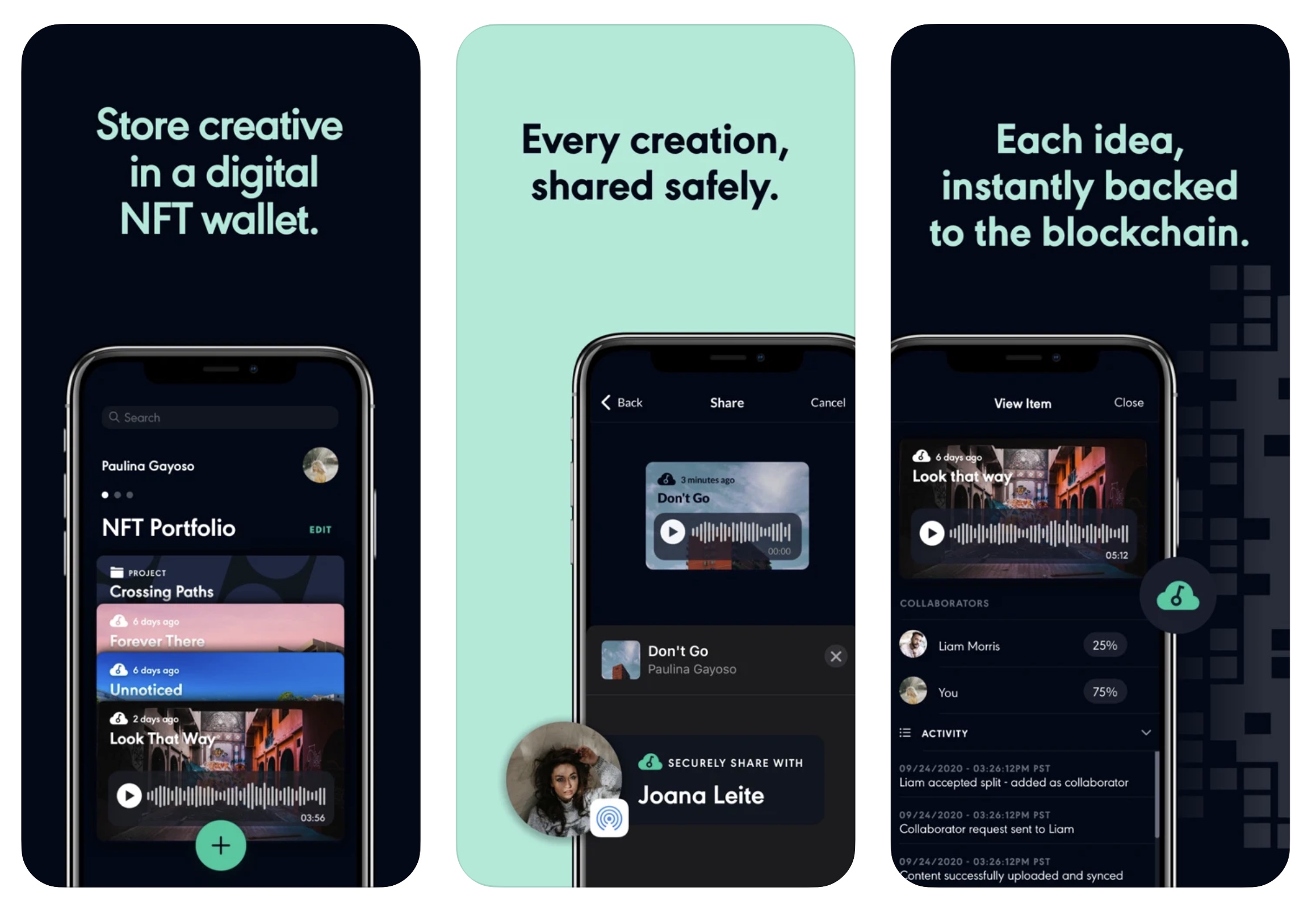News: The big story: iOS 14.5 brings privacy changes and more
Apple’s latest software upgrade brings a big change, Roku accuses Google of anti-competitive behavior and Brex raises a big funding round. This is your Daily Crunch for April 26, 2021. The big story: iOS 14.5 brings privacy changes and more Apple released the latest version of its mobile operating system today, which includes the much-discussed
Apple’s latest software upgrade brings a big change, Roku accuses Google of anti-competitive behavior and Brex raises a big funding round. This is your Daily Crunch for April 26, 2021.
The big story: iOS 14.5 brings privacy changes and more
Apple released the latest version of its mobile operating system today, which includes the much-discussed App Tracking Transparency feature, allowing users to control which apps are sharing their data with third parties for ad-targeting purposes.
Other new features include Watch unlocking (which could help users avoid the annoying “I can’t unlock my phone with my masked face!” phenomenon), new emojis and more.
The tech giants
Roku alleges Google is using its monopoly power in YouTube TV carriage negotiations — Roku is alerting its customers that they may lose access to the YouTube TV channel on its platform after negotiations with Google went south.
Lyft sells self-driving unit to Toyota’s Woven Planet for $550M — Under the acquisition agreement, Lyft’s so-called Level 5 division will be folded into Woven Planet Holdings.
Apple commits to 20,000 US jobs, new North Carolina campus — Apple this morning announced a sweeping plan to invest north of $430 billion over the next five years.
Startups, funding and venture capital
Brex raises $425M at a $7.4B valuation, as the corporate spend war rages on — The company has also put together a new service called Brex Premium that costs $49 per month.
Founded by Australia’s national science agency, Main Sequence launches $250M AUD deep tech fund — Main Sequence’s second fund will look at issues including healthcare accessibility, increasing the world’s food supply, industrial productivity and space.
Mighty Networks raises $50M to build a creator economy for the masses — The company is led by Gina Bianchini, the co-founder and former CEO of Ning.
Advice and analysis from Extra Crunch
Founders who don’t properly vet VCs set up both parties for failure — Due diligence isn’t a one-way street, and founders must do their homework to make sure they’re not jumping into deals with VCs who are only paying lip service to their value-add.
How Brex more than doubled its valuation in a year — An interview with CEO Henrique Dubugras about that giant funding round.
There is no cybersecurity skills gap, but CISOs must think creatively — Netskope’s Lamont Orange doesn’t buy the idea that millions of cybersecurity jobs are going unfilled because there aren’t enough qualified candidates.
(Extra Crunch is our membership program, which helps founders and startup teams get ahead. You can sign up here.)
Everything else
How one founder partnered with NASA to make tires puncture-proof and more sustainable — This week’s episode of Found features The SMART Tire Company co-founder and CEO Earl Cole.
What the MasterClass effect means for edtech — MasterClass copycats are raising plenty of funding.
Hear about building AVs under Amazon from Zoox CTO Jesse Levinson at TC Sessions: Mobility 2021 — We’ll hear more about Zoox’s mission to develop and deploy autonomous passenger vehicles.
The Daily Crunch is TechCrunch’s roundup of our biggest and most important stories. If you’d like to get this delivered to your inbox every day at around 3pm Pacific, you can subscribe here.






